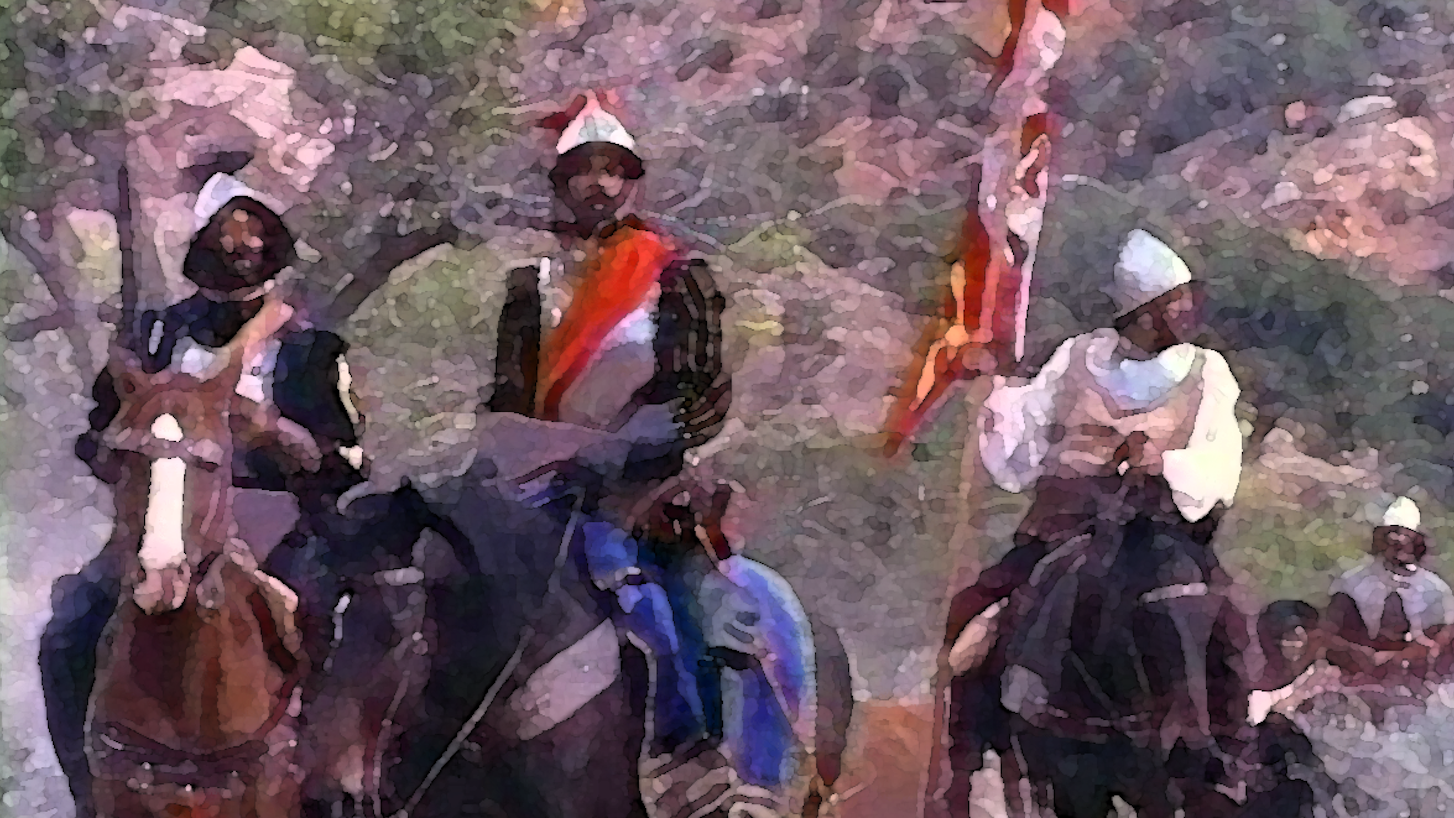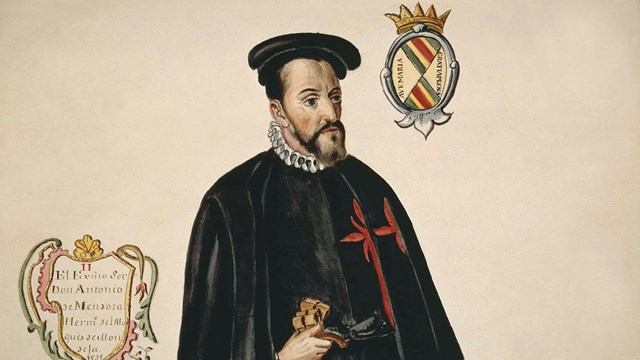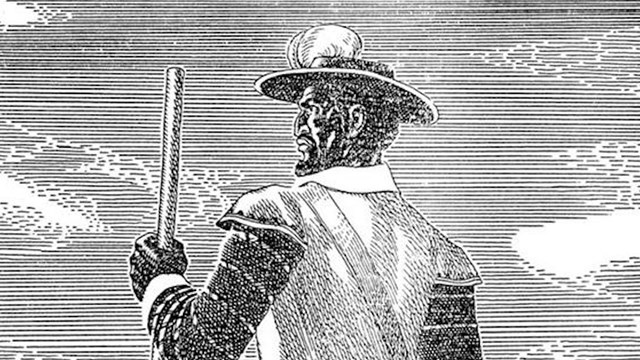|
Who traveled on the expedition and why? Although the answer would seem to be straightforward, the exact number and names of many people on the expedition are unknown. We have a great deal of information about some of its participants but very little information about others. There is ongoing historical research to fill in the gaps about the participants and their motivations for joining the expedition. Scholars estimate there were a total of about 2800 people on this expedition, but the expeditionaries were motivated to join for different reasons. We have a great deal of information on the 390 European conquistadors about whom much has been written. The Spaniards tended to come from the poorer parts of the country and had limited life prospects in the Old World. The discovery of the New World offered them the hope of a better life. Also, these men-at-arms came not just from Spain but also from Portugal, Germany, France, England, Scotland, Corsica, Italy, Greece, and Crete. There were two reasons they undertook the journey. The main reason was to find the Seven Cities of Gold. Due to reports by members of Cabeza de Vaca’s journey and a later confirmation by Fray Marcos de Niza, it seemed certain that rumors of wealthy cities in the north were true. Moreover, on the heels of the conquests of the Aztec and Incan empires—both of which had a lot of gold—the conquistadors felt sure a similar civilization lay to the north as well. The conquistadors were also hoping to find a population that could be used in a land tenure system called the encomienda. In that system, the King of Spain granted to successful conquistadors the title to tracts of land and the right to rule over the people who lived there. In return for providing the people military protection and religious instruction, the encomendero (landowner) would receive tribute in the form of labor from the people. This system ensured that successful conquistadors could live lives of leisure after their conquests. While the conquistadors have typically been thought of as being Spanish, perhaps the most significant but unknown group on the expedition were the Indian conquistadors the Spanish called “Indios amigos.” In fact, there were probably about 1300-2000 of these indigenous conquistadors—far outnumbering the European contingent described above. Coming from central Mexican tribes that the Spanish had recently conquered, these “Indian allies” voluntarily joined the expedition because their societies emphasized proving oneself in battle as a crucial rite of passage to manhood. Joining the expedition gave them the chance to do that, and they played a crucial role in the fighting that took place on the journey. There is comparatively little information about them because the Spanish did not keep accurate records about them and their societies did not keep written accounts of their experiences (although there are depictions of them joining the expedition on pictorial manuscripts their societies kept). There were also those who joined the Coronado Expedition for religious reasons. In addition to Fray Marcos, who initially guided the expedition, there were eight other ecclesiastics. In his reconnaissance report confirming the existence of the Seven Cities of Gold, Fray Marcos claimed Cibola was the size of Mexico City, and so the clergy hoped to find many souls to save there. While the European and indigenous soldiers and clergy joined the expedition voluntarily, there were many more who joined involuntarily and who may be undercounted. For instance, while there are four women documented on the journey who went with their husbands, there were almost certainly many more who joined but were not included in the records. Children, too, went along with their parents. Servants and enslaved Africans joined because they were forced to by their employers or owners. Many of these people were not considered important enough to provide detailed information about their backgrounds or reasons for joining the expedition. We also do not know how they felt while undertaking the journey. For detailed information on the background and motivations of four important figures involved in the Coronado Expedition, see the profiles below. 
Francisco Vázquez de Coronado
The Capitan General of the expedition to "Tierra Nueva" – what is now northwest Mexico and the American Southwest. 
Fray Marcos de Niza
The Coronado Expedition hinged on accounts of glorious, wealthy cities from one man: Fray Marcos de Niza. 
Viceroy Antonio de Mendoza
The first viceroy (governor) of Nueva España had great influence on the expedition, including the decision of who would lead the entrada 
Esteban de Dorantes
One of the most fascinating figures connected to the expedition was Esteban, an African slave who made first contact with the Zuni people |
Last updated: August 11, 2025
